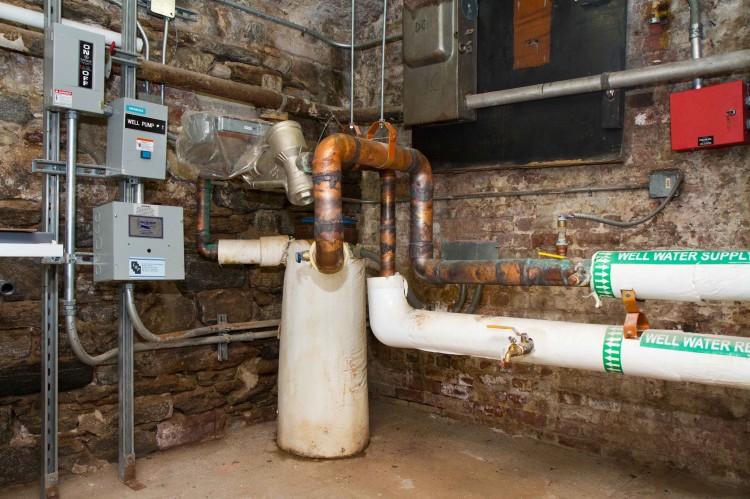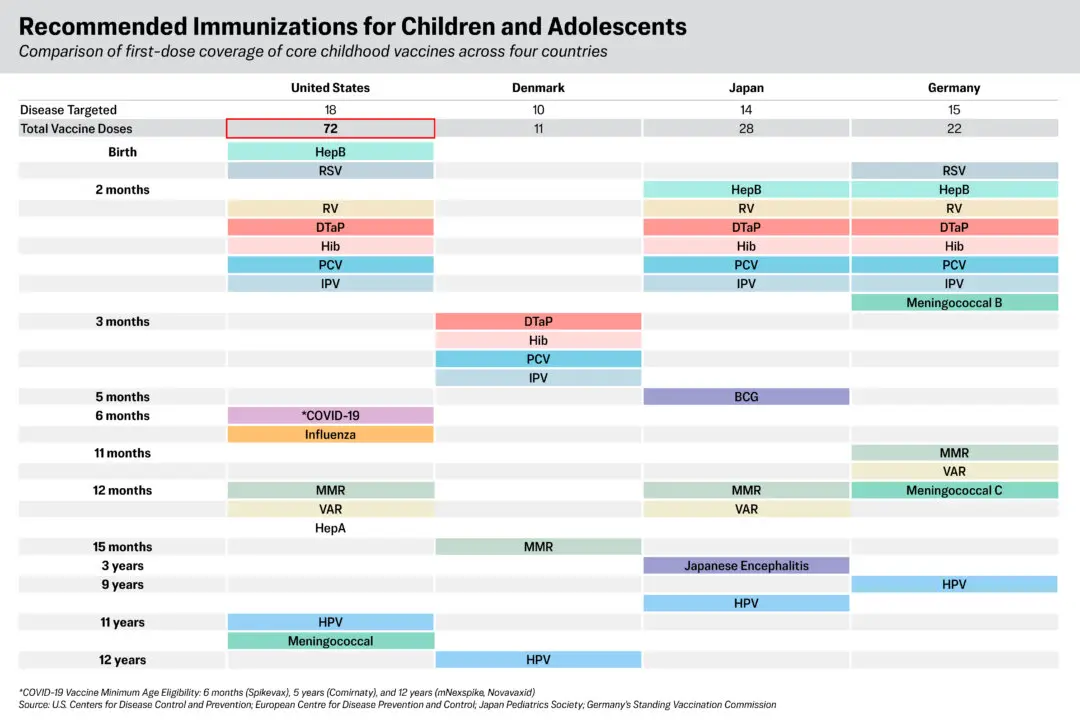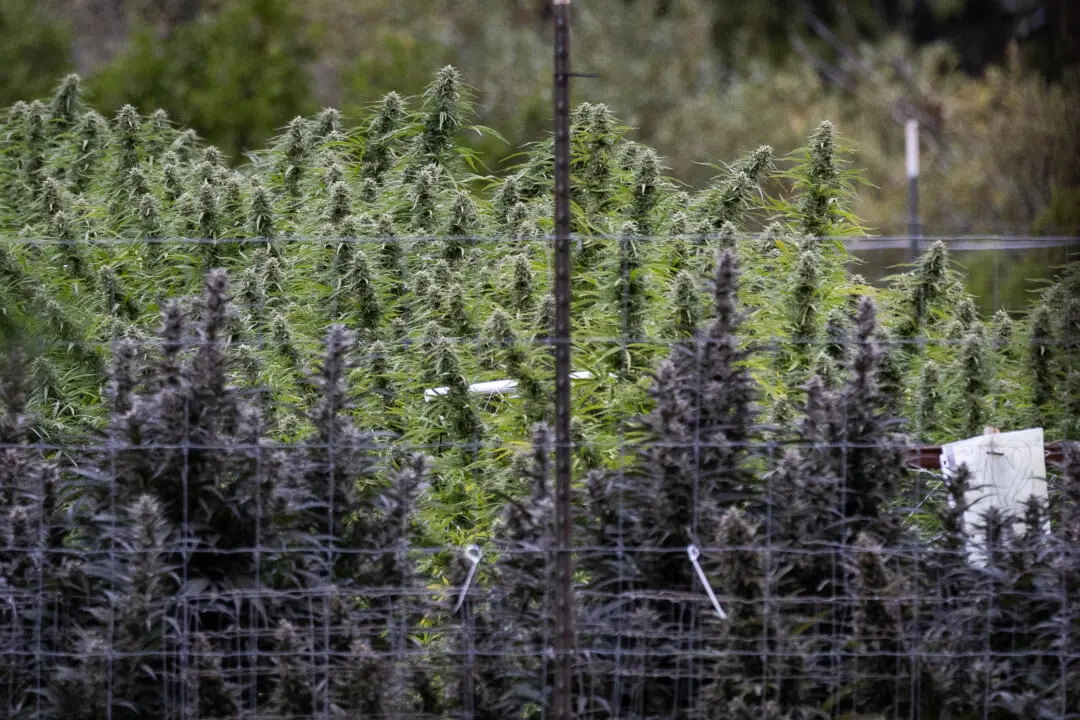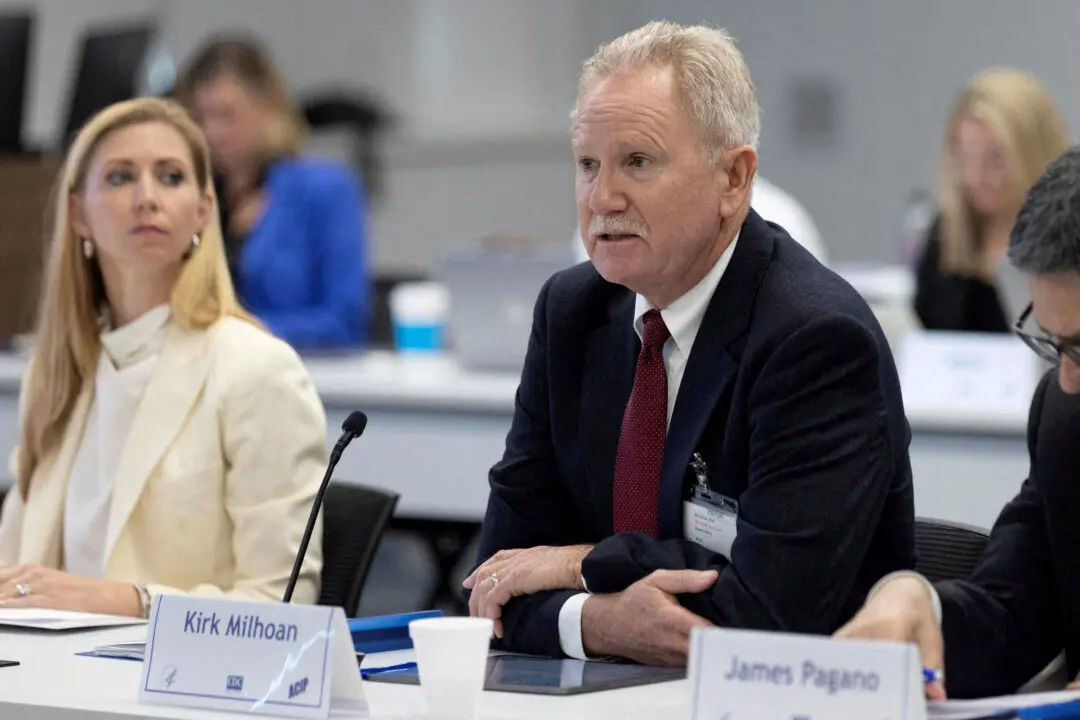NEW YORK—Geothermal, an energy source commonly used in Iceland, may be increasing its influence in New York City.
Geothermal energy systems utilize the constant temperature of the earth for heating and cooling a building. These systems are the dark horse of alternative energy, but efforts are being made in the city, and state, to change that. And the use of such systems has been gradually increasing.
A two-well system, drilled to a depth of 1,260 feet, at the American Institute of Architecture’s New York building, was an early adoption of geothermal technology when it opened in 2003.
Rick Bell, executive director of the Center for Architecture, said that the well system would pay for itself through energy savings in about three years. It cost $100,000, $85,000 of which was provided by the state Energy Research and Development Authority (NYSERDA).
“We can point to our use of geothermal in a hearing like this and say ‘This is the future,’” said Bell before a City Council hearing on geothermal potential in the city. “This is not only free, which from an operating cost perspective is really, really nice, but it’s guilt-free.”
A number of high-profile buildings have recently installed geothermal systems, including the Queens Botanical Garden, the Times Square TKTS Booth, the Bronx Zoo Lighthouse, and the Brooklyn Children’s Museum.
Pumping through the system at the museum, 400 gallons of water per minute heat or cool the building, depending on the season. A $400,000 annual electricity bill got sliced in half, according to the building superintendent, who enthusiastically praised the project.







